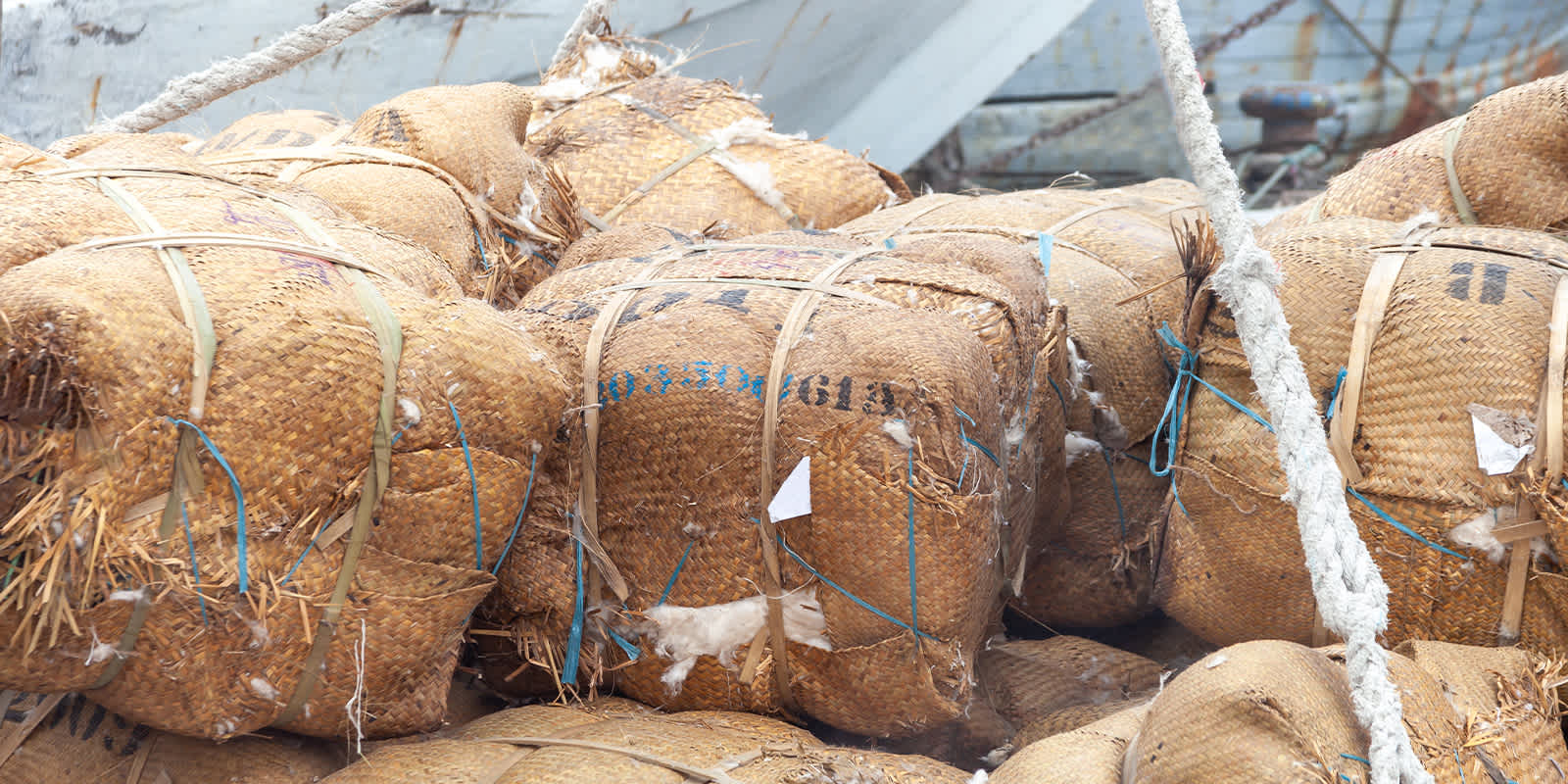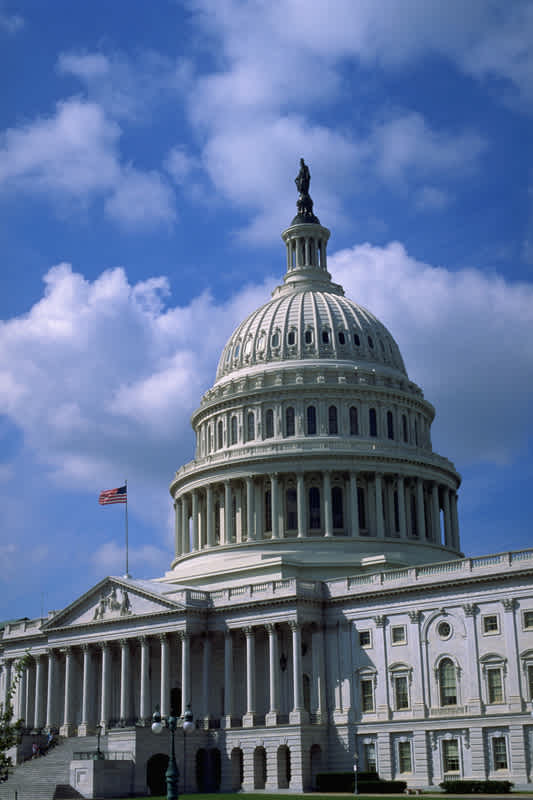
December 17, 2020
Source of Origin Looms Large for Importers of Cotton Textiles and Apparel
Source of Origin Looms Large for Importers of Cotton Textiles and Apparel
In an announcement earlier this month US Customs and Border Protection (CBP) said it would block imports of cotton and products containing cotton from the Xinjiang region of China to help curb human rights violations. For importers trying to bring in cotton manufactured according to labor laws, ramped-up enforcement could mean an unexpected increase in inspections of shipments to determine place of origin. Knowing how to prepare can make all the difference between delayed and on time.
Forced labor, which the International Labour Organization defines as work performed involuntarily under threat of penalty, is a global humanitarian concern. Importation of goods made under such conditions has been banned since the passage of the Tariff Act of 1930. And while varying degrees of enforcement have been in play over the years, the problem persists. In a crackdown on December 2, however, US Customs and Border Protection announced a withhold release order (WRO)—issued when it is believed that goods were made at the hands of forced laborers—on all cotton products made by the Xinjiang Production and Construction Corporation (XPCC) and its subsidiaries or affiliates.
Allegations of forced labor stem from a region populated by Uyghurs and other ethnic minorities, many of whom have reportedly been detained in prison camps. Since July, CBP has announced six actions against goods made in that area.
This most recent enforcement means that intermediate or finished goods containing any amount of XPCC cotton could be detained. If a shipment is withheld by CBP, the importer has three months to either:
- (1) Re-export the goods, or
- (2) Provide CBP with a certificate of origin and proof that the merchandise was not produced with forced labor.
If CBP determines the proof is not valid, it will seize the goods.
RASA Questionnaires
In addition to WROs, CBP has begun issuing Risk Analysis and Survey Assessment (RASA) questionnaires: one procedural and the other transactional. The procedural questionnaire asks for details on the importer’s supply chain and labor conditions for each phase of production, the corporate social responsibility policies and internal controls on forced labor, and documentation of risk assessments. The transactional questionnaire asks the importer to map the supply chain for the subject goods from raw materials to the export shipment to the US—and requires commercial and production documents.
Given the current level of scrutiny with cotton products, importers of goods containing cotton should be prepared to respond to RASA Questionnaires—especially if the material is from China.
Below are steps to take to ensure a smoother import experience.
- Map Supply Chains. Know how goods are made, from raw materials to finished product. Take the time to understand who worked on the goods, along with where and under what conditions they were made. The key here is transparency “from dirt to shirt.”
- Vet Vendors and Suppliers. Identify and document basic information on all suppliers throughout the supply chain. Ask where they source their cotton and require written responses.
- Contract for Compliance. Review purchase order terms and conditions. If needed, add clauses to prevent suppliers from using unknown sources of cotton or cotton sourced using forced labor.
- Update Corporate Social Responsibility Policies. Modify social compliance procedures to include review and inspection of all facilities, beginning with the cotton supplier.
- Mitigate by Membership. Consider joining supply chain security and compliance programs like CTPAT and AEO. Or, engage with industry-specific multi-stakeholder initiatives, like the Better Cotton Initiative, to take advantage of jointly developed social compliance systems.
To learn more about customs compliance, talk to a certified expert.



